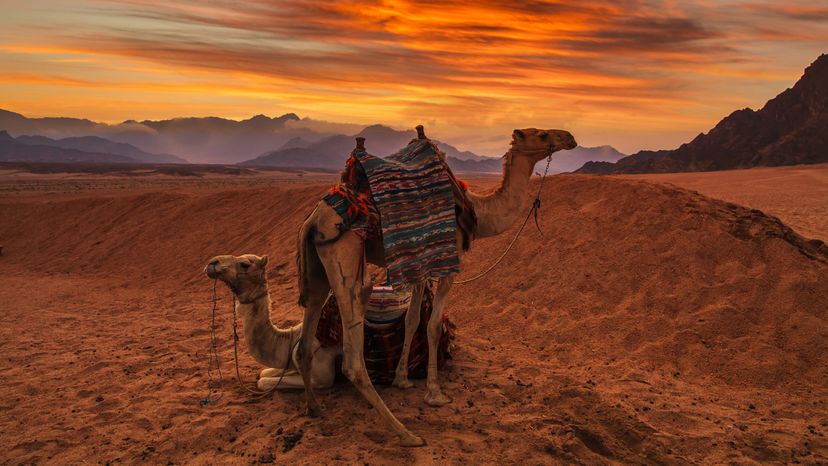
Key Takeaways
- Deserts are home to a variety of wildlife that have adapted to their environment, demonstrating resilience and adaptability.
- Unique adaptations enable desert mammals, invertebrates, reptiles, birds and rodents to survive in extreme conditions.
- Conservation efforts are essential for protecting desert ecosystems from threats such as climate change & habitat loss.
Deserts, often seen as barren and lifeless, are actually home to a surprising variety of animals. From iconic dromedary camels to bizarre scorpions and sidewinder rattlesnakes in the Kalahari Desert, desert animals have evolved with remarkable adaptations.
These habitats and the unique relationships between desert plants and their pollinators reveal amazing behaviors that ensure survival in these extreme environments. How do animals survive the scarce water and extreme heat of the desert? What secrets do these resilient creatures hold in their fight against the odds?
Advertisement
Let's explore the incredible adaptations that enable life in the harshest of environments.
Advertisement